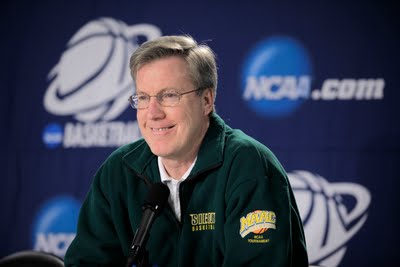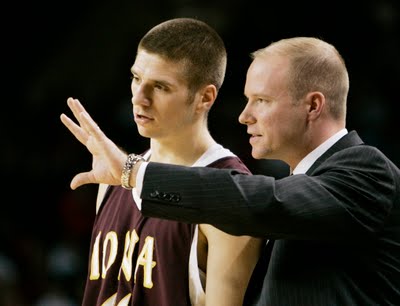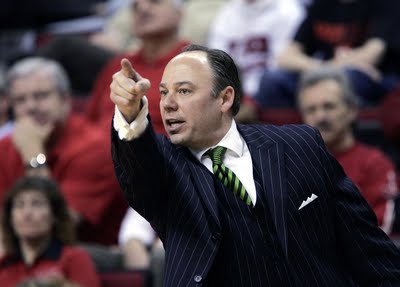Many have argued against NCAA tournament expansion because it’s a shameless money grab. That argument is flimsy. This move is more blatantly about money than most, but everything in sports is a money grab, and for the most part, there’s nothing wrong with that.
Expansion isn’t wrong because it’s greedy. It’s wrong because it’s an awful long-term business decision — one that, over the course of time, will land the NCAA and its member institutions less money instead of more.
The notion that expansion would hurt the game is common almost to the point of becoming accepted doctrine. The NCAA, though, will address the issue at its April 29 board meeting anyway, because adding 16 more games would draw a more lucrative TV deal. (The NCAA can opt out of the final three years of its $6 billion deal with CBS at the end of this year).
The argument that an expanded tournament would be severely watered down sounds good but also isn’t true. With 347 Division 1 teams, adding another 32 will actually do very little — if anything — to dilute the field. And the dilution argument ignores the reality that the current field doesn’t contain the best 65 teams in the country anyway because of all the automatic bids to mid- and low-majors.
But the tournament will lose a lot of its appeal if it gives 32 teams a bye while the other 64 have to play on the first day. One of the charming things about the tournament as its presently constituted is that Kansas needs to play the same number of games to win the tournament as Robert Morris — that on the first day, upsets like Ohio over Georgetown are possible. This is corny but entirely true: Those upsets give the tournament charm, and that charm is the reason casual sports fans — or better yet, people not even interested in sports — become college basketball fans in March.
Expanding the tournament has the potential to turn away those fans in droves, yielding the NCAA’s TV partner — whether its CBS, ESPN or someone else — lower ratings. That could easily mean that by the time it’s time to negotiate the next tournament TV deal, the value of the deal will be less than it would have with a 65-team field.
But expansion would hurt the tournament itself significantly less than it would hurt the regular season and conference tournaments.
College basketball’s regular season is already under siege from critics for having little significance. If a team like North Carolina can have its most disappointing season in decades and STILL make the NCAA tournament, critics will rightly argue that at least as it pertains to successful teams from power conferences, what goes on between November and February will be a string of exhibition games.
It’s easy to envision a scenario in which regular-season TV ratings go down and conferences are eventually forced to settle for less lucrative contracts as a result.
Then there are conference tournaments. Those held by the power conferences already have little meaning, but those held by mid-majors have both meaning and financial value. A league like the MAAC, for instance makes a comparative killing on its tournament.
Yet under some of the proposed expansion plans, automatic NCAA bids would be awarded to both regular season and tournament champions.
While the value of mid-major regular seasons -- contrary to high-major regular seasons — would increase, such a plan would cripple conference tournaments and potentially deprive conferences of revenue. Imagine how much less meaningful last moth’s Fairfield-Siena game would have been if Siena had already clinched a tournament berth. That’s exactly how a potential MAAC title game could play out next year if the tournament is expanded.
It’s very easy, then, to envision a scenario in which high-major regular seasons and mid-major conference tournaments are so devalued that interest in the sport drops significantly over the next decade. If that happens, TV deals will be less lucrative, attendance will dip, and disinterested donors will stop forking over the loads of cash that pay coaches’ salaries.
That’s why when the NCAA board meets later this month, it should keep the tournament -- and the structure of the sport — how it is.
 RSS
RSS




